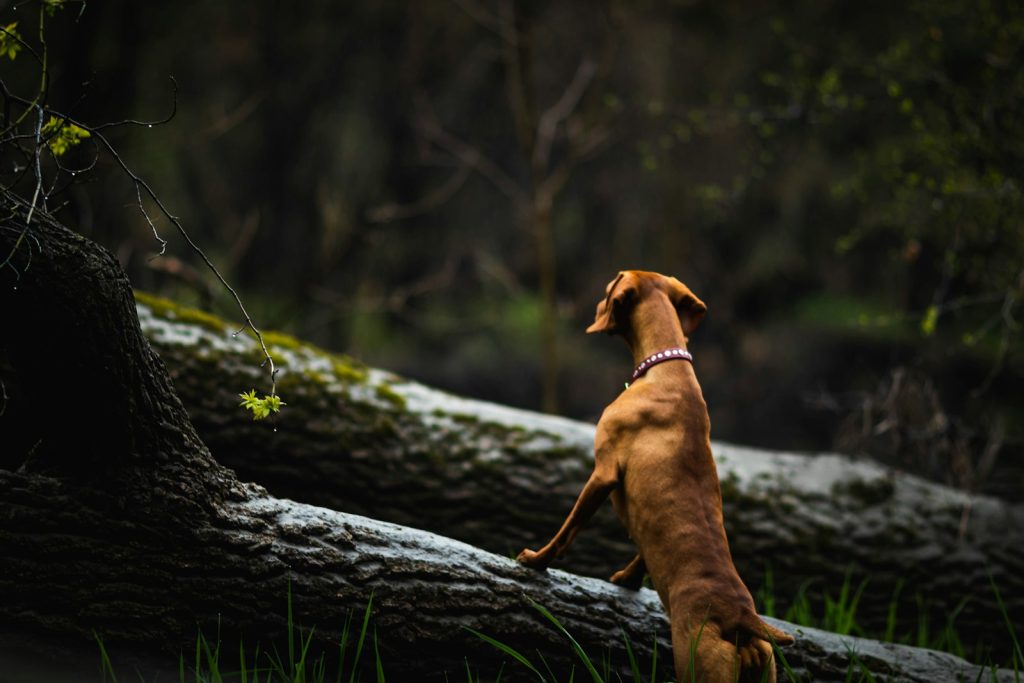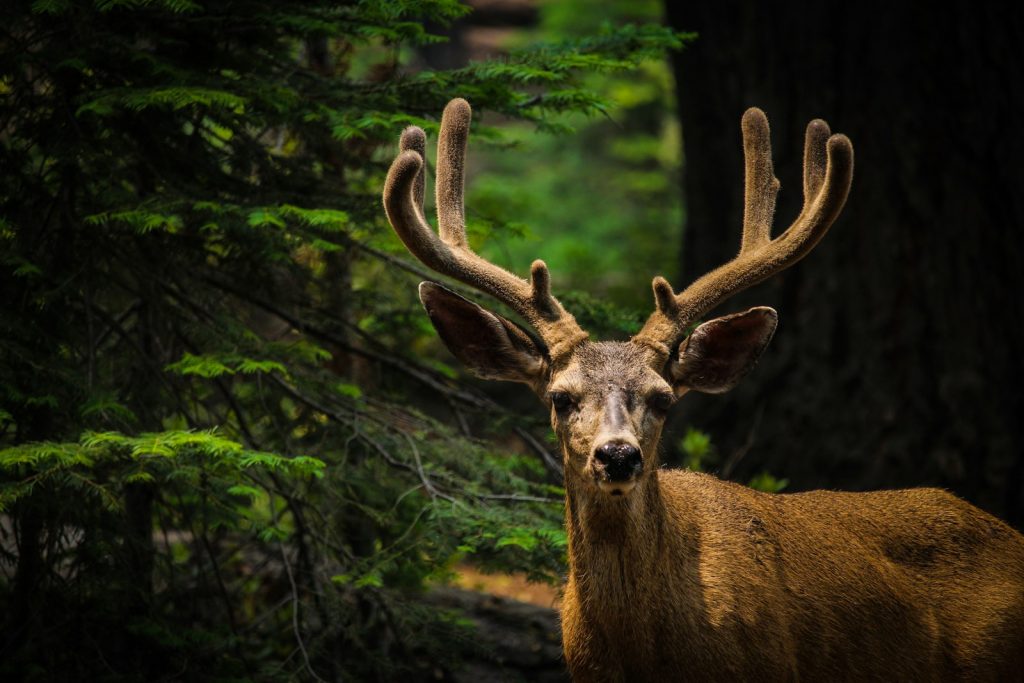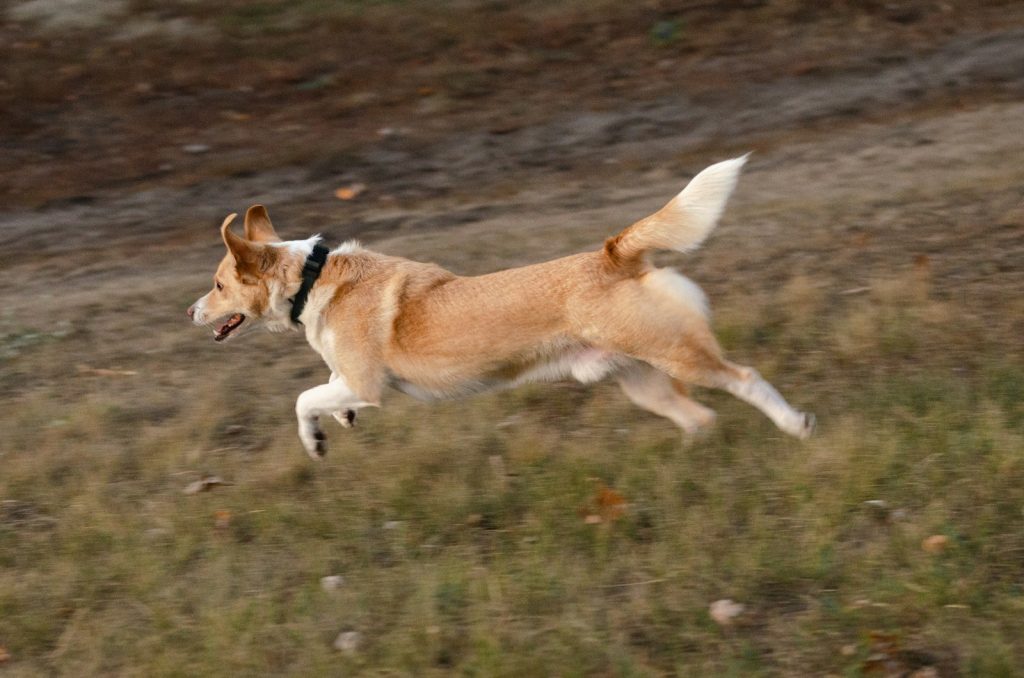Our Forests Are Calling for a Little Love
Walk into a Washington forest, and you feel it—the deep quiet, the cool, clean air, the sense of timelessness. Our forests—from the damp, mossy wonder of the Olympic Peninsula to the dry, dramatic pine forests east of the Cascades—are the lungs and the backbone of our state. They are home to elk, bears, owls, and countless unseen creatures.
But they are struggling. Wildfires, a changing climate, and the unchecked spread of invasive species are putting immense pressure on these vital ecosystems. This post is about moving beyond just appreciating them to actively helping them heal and become more resilient. It’s a strategy guide for forest recovery that puts wildlife and long-term health first.
Diagnosis Day: Knowing the Story of Your Trees
You can’t start healing without a diagnosis. Before you grab a seedling, you need to be a detective for your woods.
- Take a Health Check: What trees are actually thriving? Which ones are struggling? Are there signs of disease or pests? A diverse, multi-aged forest is a healthy forest. If you see mostly one type of tree, or trees all the same age, it’s a warning sign.
- Fire Risk Assessment: Especially in Eastern Washington, we must acknowledge the modern reality of fire. Is there a thick layer of dead branches and dense, small trees that could act as a dangerous “ladder” for fire to climb into the canopy? Resilience means managing this fuel strategically.
- Define Your Mission: Your goal is clear: a safer, more diverse, and more hospitable forest for wildlife. This means focusing on native structure, shelter, and food sources.
The Team Approach: Choosing the Right Native Trees
A resilient forest is like a winning sports team—it needs variety and local talent.
- Prioritize Local Genetics: It’s not enough to just plant a “Douglas-fir.” Find stock that originated as close to your planting site as possible. These trees are genetically adapted to your soil, rainfall, and local pest environment, giving them the best chance to thrive as the climate changes.
- Mix it Up for Resilience: Plant a variety of species. If a specific pest or disease targets one species (like Western Red Cedar or Grand Fir), a diverse mix ensures the entire ecosystem doesn’t collapse. Consider understory plants, too—shrubs like Huckleberry and Oregon Grape are crucial food sources for wildlife.
Managing the Tension: Fire and Forest Health
For centuries, natural fire helped clear the underbrush and rejuvenate forests. Today, due to decades of fire suppression and climate change, the fires are often catastrophic. We can help reduce this danger in a non-destructive way.
- Strategic Thinning: This isn’t logging; it’s selective removal of small, dense, or unhealthy trees to create more space between the crowns. This breaks up the fuel ladder, keeping potential fires on the ground where they are less destructive, and allows the remaining, healthy trees to get more water and sunlight.
- Leaving Deadwood: While we remove excess surface fuel, standing dead trees (snags) and fallen logs are vital. They provide shelter for cavity-nesting birds, insects, and small mammals, and their slow decay enriches the soil. Don’t clean the forest floor perfectly—nature is messy, and life depends on that mess.
Helping Forests Thrive
Forest restoration is a long game—it’s a commitment that lasts decades, even centuries. But by making smart, science-backed choices—from planting locally adapted trees to intelligently managing fuel—we become active partners in the survival and resurgence of Washington’s magnificent woods. Every single tree you nurture is a legacy of protection for future generations of wildlife and people alike.


